Winners and losers of CES 2012
How the big guys fared at this year's tech bonanza
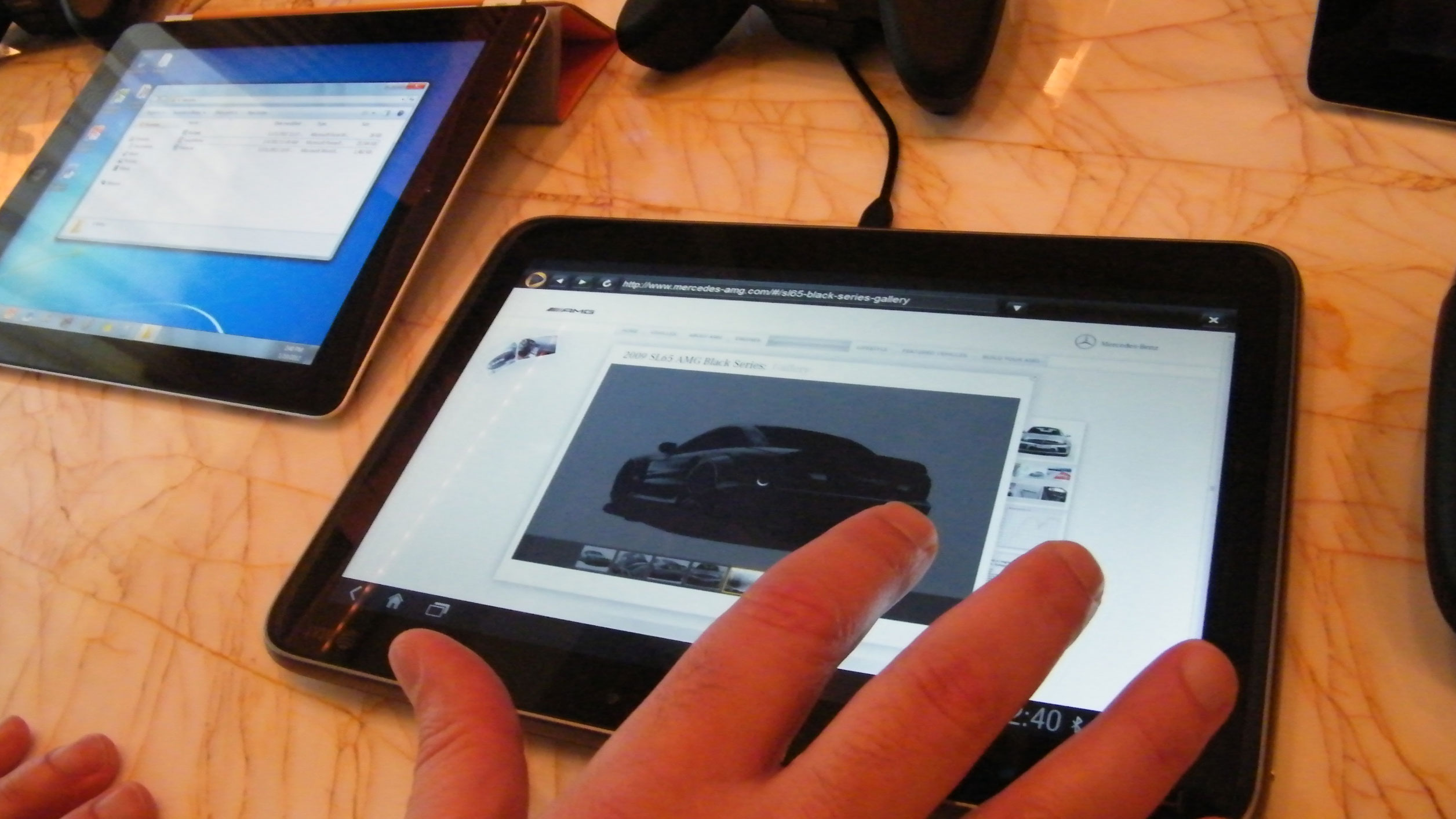
Now that our jetlag is subsiding, it's time to take a look back at the utter madness that was, and always is, the Consumer Electronics Show.
CES 2012 didn't have a huge amount of absolute stand out kit, but for a time of financial uncertainty, there sure were a lot of launches and the industry certainly hasn't been shy in terms of coming forward with expensive designs.
This was the biggest CES ever, with 1.861 million square feet of exhibit space, beating the previous record from 2008. 153,000 attendees dragged themselves to Las Vegas to traipse the miles around the show and Sin City's infamous megaresort hotels.
So let's look at some of the key themes and check out who did well and who did rather less well.
Ultrabooks are great, but there's a problem
Much to our chagrin, Intel is succeeding in making the Ultrabook moniker stick. Ultrabooks were one of the dominant themes of this CES with so many jumping on the bandwagon to make something that, in basic hardware terms at least, is comparable with the MacBook Air. Trouble is, Intel has a big problem - not that Intel's Mooly Eden would admit it (below). Ultrabooks may be desirable, but they are too expensive. And because of the spec that Intel has put together is tight, it doesn't leave manufacturers much wiggle-room. Hence we're going to see cheaper Ultrabooks, but they'll be lower spec. Core i3 and smaller SSDs won't be uncommon. It's a shame, but inevitable.
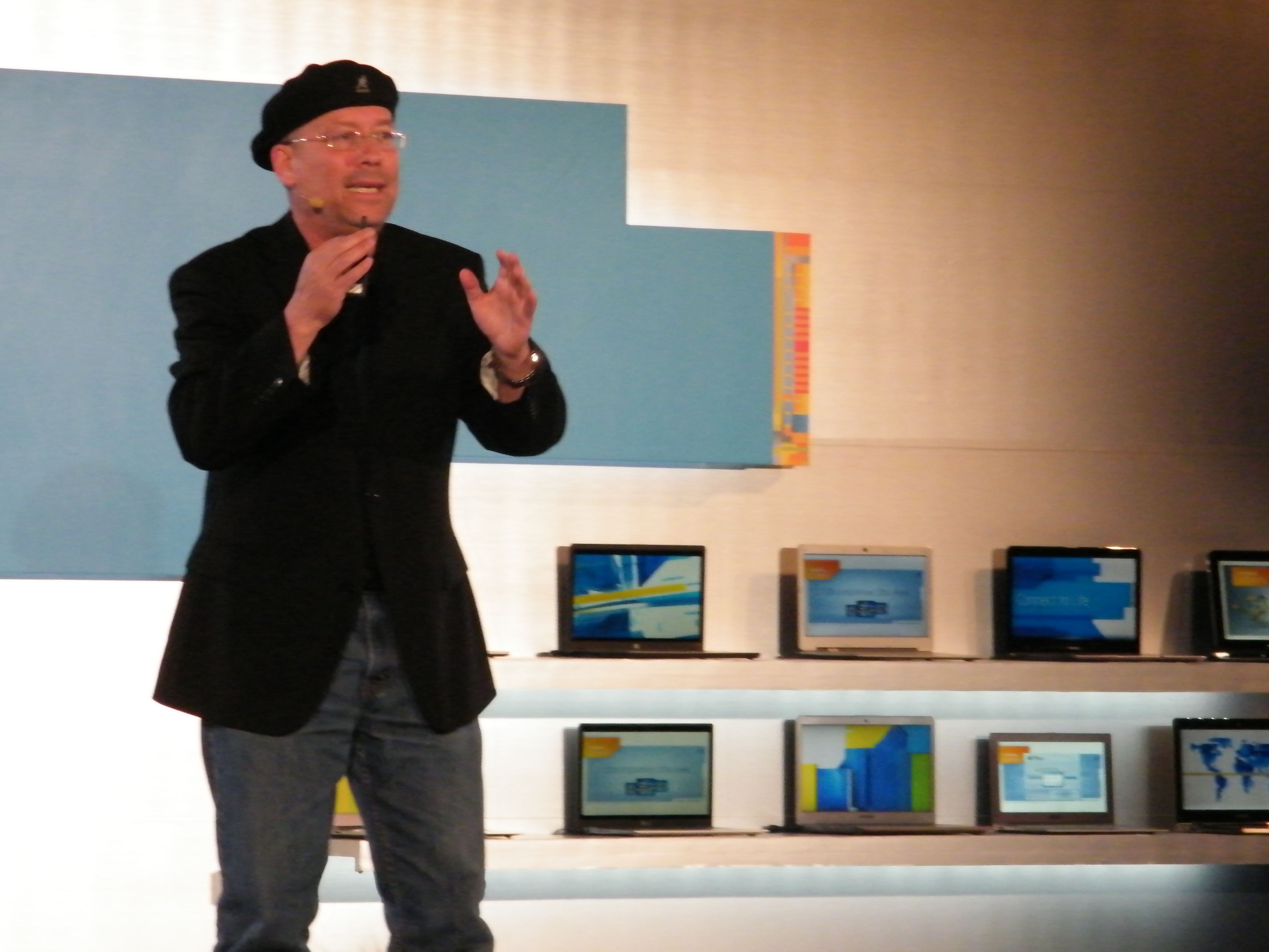
Intel does phones
It was also a massive show for Intel as it announced bone fide partners for its Atom chip in smartphones. Lenovo and Motorola have taken a big punt, the latter especially considering its ARM heritage. We can only assume a huge sum of cash was involved. We can't wait to see how this one develops next month at Mobile World Congress 2012 in sunny Barcelona.

Microsoft's move seems odd….
While it's pretty understandable that Microsoft would want to withdraw from doing a keynote talk every year (the last few have been super dull), it seems bizarre that Microsoft would withdraw from having any presence at the show. Still, that's what is currently happening, and the company's massive booth space has already been sold elsewhere for CES 2013. Microsoft's strength is in its partners and it will be happy enough that people like Nokia, Samsung and Lenovo will carry the fight for Windows and Windows Phone – although we'd have expected to see more from the next Xbox by this time next year…
Sign up for breaking news, reviews, opinion, top tech deals, and more.
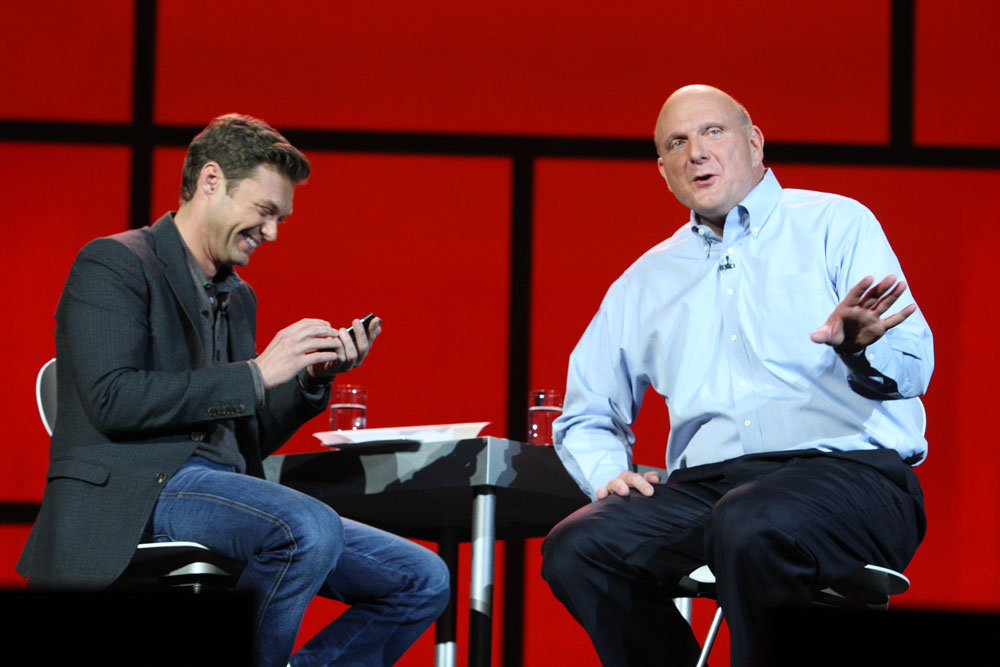
….but they won't be alone
While Microsoft will join Apple has a CES absentee in 2013, we reckon they might join the growing band of companies eschewing a stand in favour of suites at a Las Vegas hotel. Asus and Acer had a presence elsewhere, for example. But while meeting space is allowed, we've seen the CES organisers try and restrict actual exhibiting elsewhere in the past. Dell, who had a massive product and meeting room presence in a separate hotel in 2011, weren't there in 2012 – their key product, the Dell XPS 13, was launched in Intel boss Paul Otellini's keynote.

Nokia is back. Kind of
While the Sony, HTC and LG phone launches at the show were all very nice, Nokia grabbed the headlines. Nokia is beginning from a standing start in the US, but the Lumia 900 was very well received at the show and the when Stephen Elop was joined on stage by Steve Ballmer was a bright moment in a turgid day of press conferences. What's more, a lot of people actually really like Nokia's latest generation of Windows Phones. Even us. The big question, of course, is whether Finland's finest can translate its successful buzz into sales and market share – not only in the US, but elsewhere too.
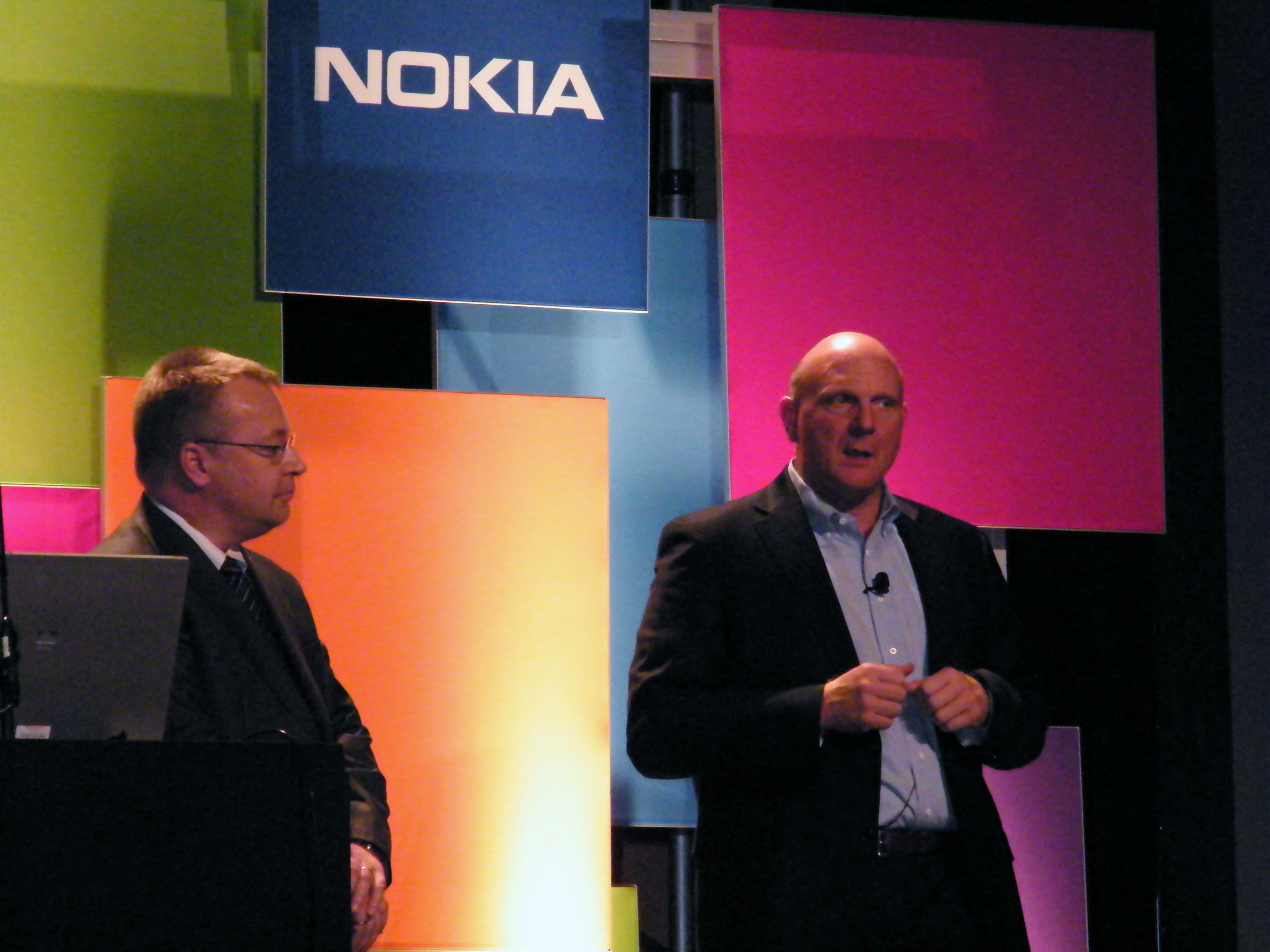
OLED is still way off mass market
We loved the Samsung and LG 55-inch OLEDs we saw at CES. LG's effort is a ridiculously thin 4mm thick. But while the sets will launch this year, the cost is set to remain probative. $5,000 is the latest estimate for Samsung's Super OLED. Wow. Also interesting was Sony's prototype display technology called Crystal LED, though the company says this new technology is "parallel to its continued development and commercialization of OLED displays." Odd.
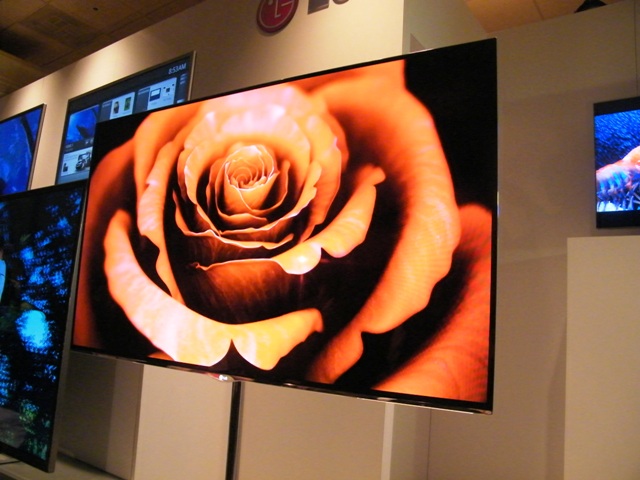
The future's in the cloud
Yes, so we've heard it all before. But the OnLive Desktop for iPad really does give us an insight into how we might be using remote computers for tasks more complex than our thin and light portable devices can handle. Here it's about bringing a full desktop experience to the iPad. Clever stuff.

Windows 8 blurs the lines
It's an Ultrabook but it's also a Windows 8 tablet. That's the mantra of one of the finest pieces of hardware we saw at CES 2012, the Lenovo IdeaPad Yoga. It sets the tone for what is set to be a massive year for mobile computing. Windows 8 will drive a whole raft of devices that don't conform to the usual laptop-tablet designations and Intel is also talking about touch-based Ultrabooks too. But, once again, cost will be a massive issue with all of these options. These kind of devices won't undercut the iPad. Broadly-speaking though, we can't wait for 8.
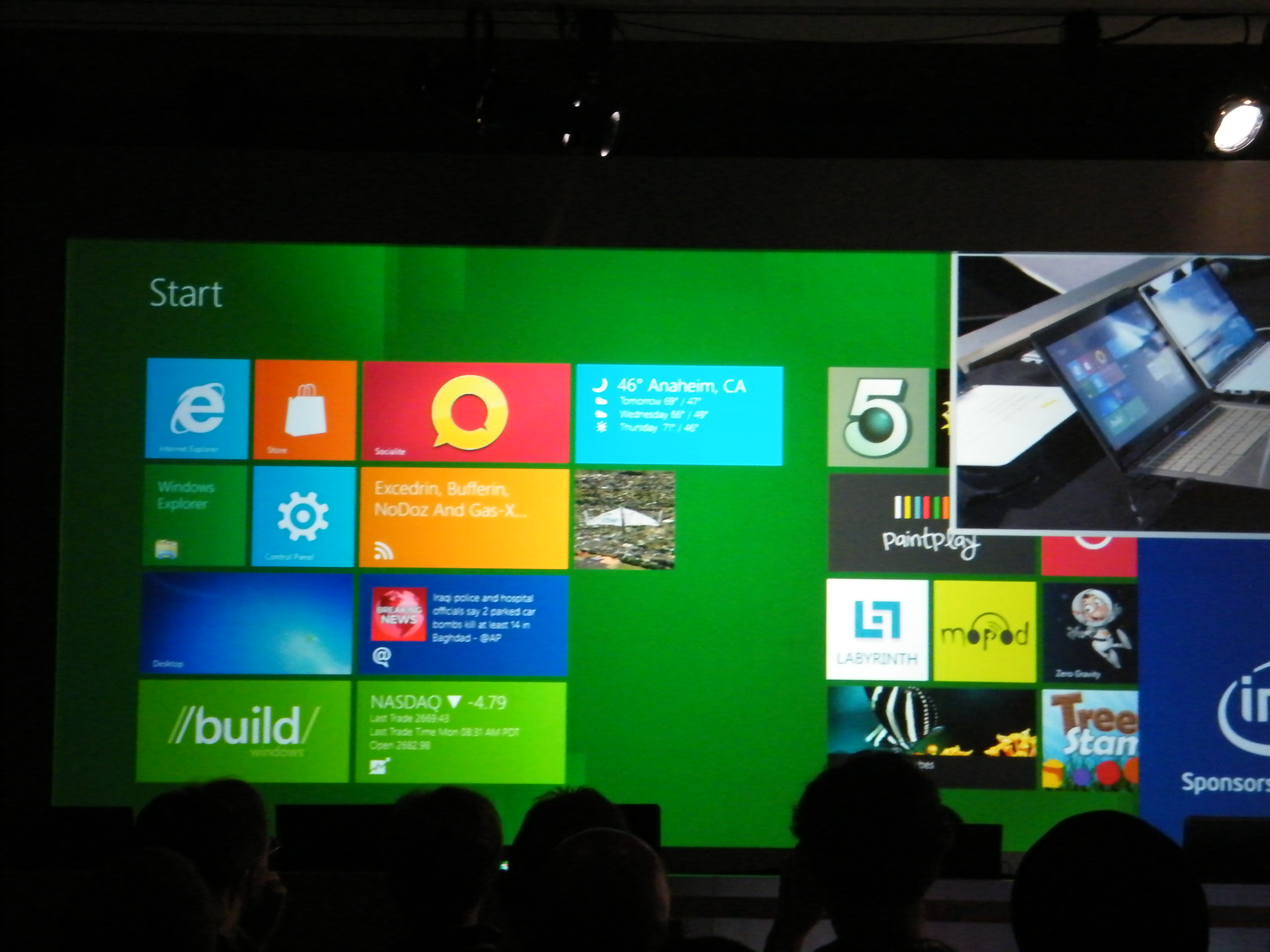
Google TV is getting better
The Sony NSZ-GP7 set-top box and LG G6 Google TV show what Google's TV platform is capable of. And, while it's still not a brilliant solution, it is better than a lot of the existing smart TV platforms that remain slosw to start up and tedious to use.
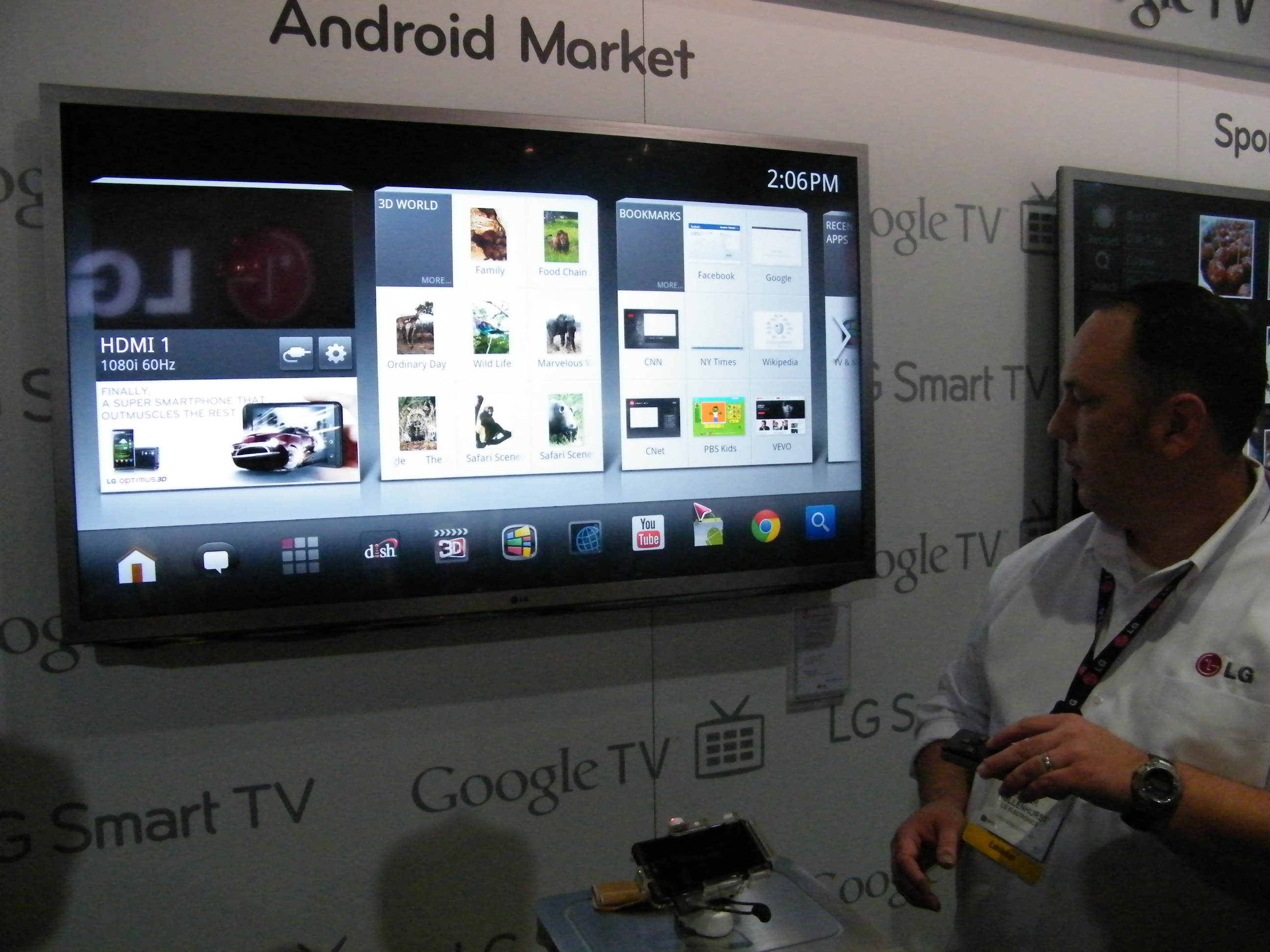
Pie-in-the-sky prototypes
CES remains the place to show off your prototype kit. But is Razer's Project Fiona gaming tablet (pictured below) really worth bothering about? Despite all the buzz, it's a hugely thick tablet that we're betting won't ever see the light of day. We also thought Intel's Nikiski see-through notebook was just plain weird. It has a clever glass touchpad that doubles up as a touchscreen when you close the lid. Sadly though, What Laptop magazine editor James Stables reminded us of its resemblance to Windows Vista's Sideshow tech. Which was rubbish. In TV, Sharp's prototype 8K panel boasted 7,680 x 4,320 pixels. That's 16 times the resolution of HD. Remember that we hardly have any content for 4K displays as yet let alone 8K…
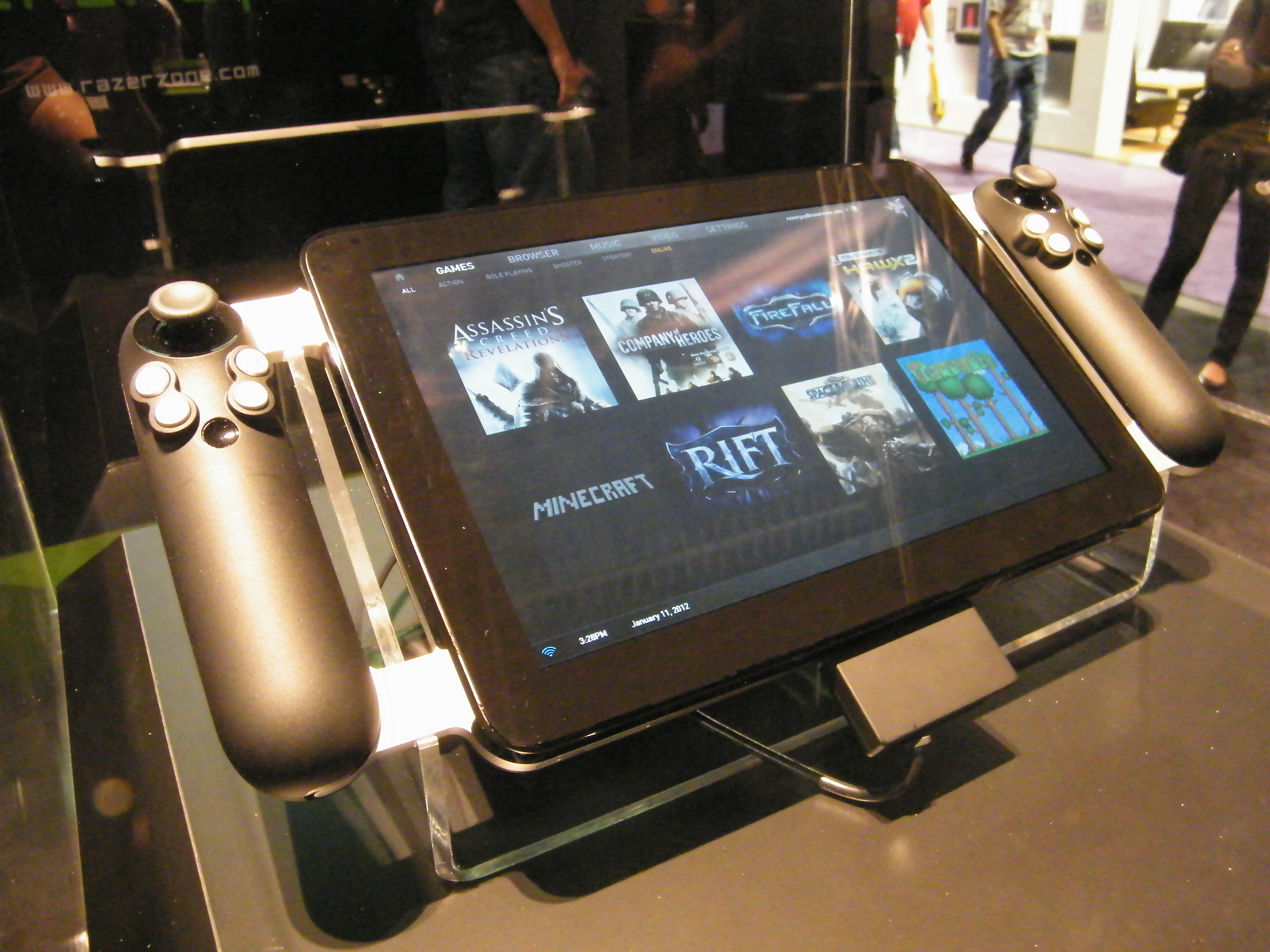
Well done, Lenovo
Our company of the show comes from an unlikely quarter. It may seem surprising, but Lenovo is all set to be a superpower in consumer electronics. Lenovo started the way they meant to go on, previewing laptops and tablets aplenty at the first CES event for press last Sunday. It even had the token secret device, in the form of the IdeaPad K2. But it didn't stop there. At another event on Monday it showed the awesome IdeaPad Yoga mentioned above. But then on Tuesday, Intel announced Lenovo as the first partner for Intel Atom smartphones before Lenovo uncovered the K800 handset at yet another event. It was a nightmare to cover for us journalists but, in the words of Sir Bruce, didn't they do well?
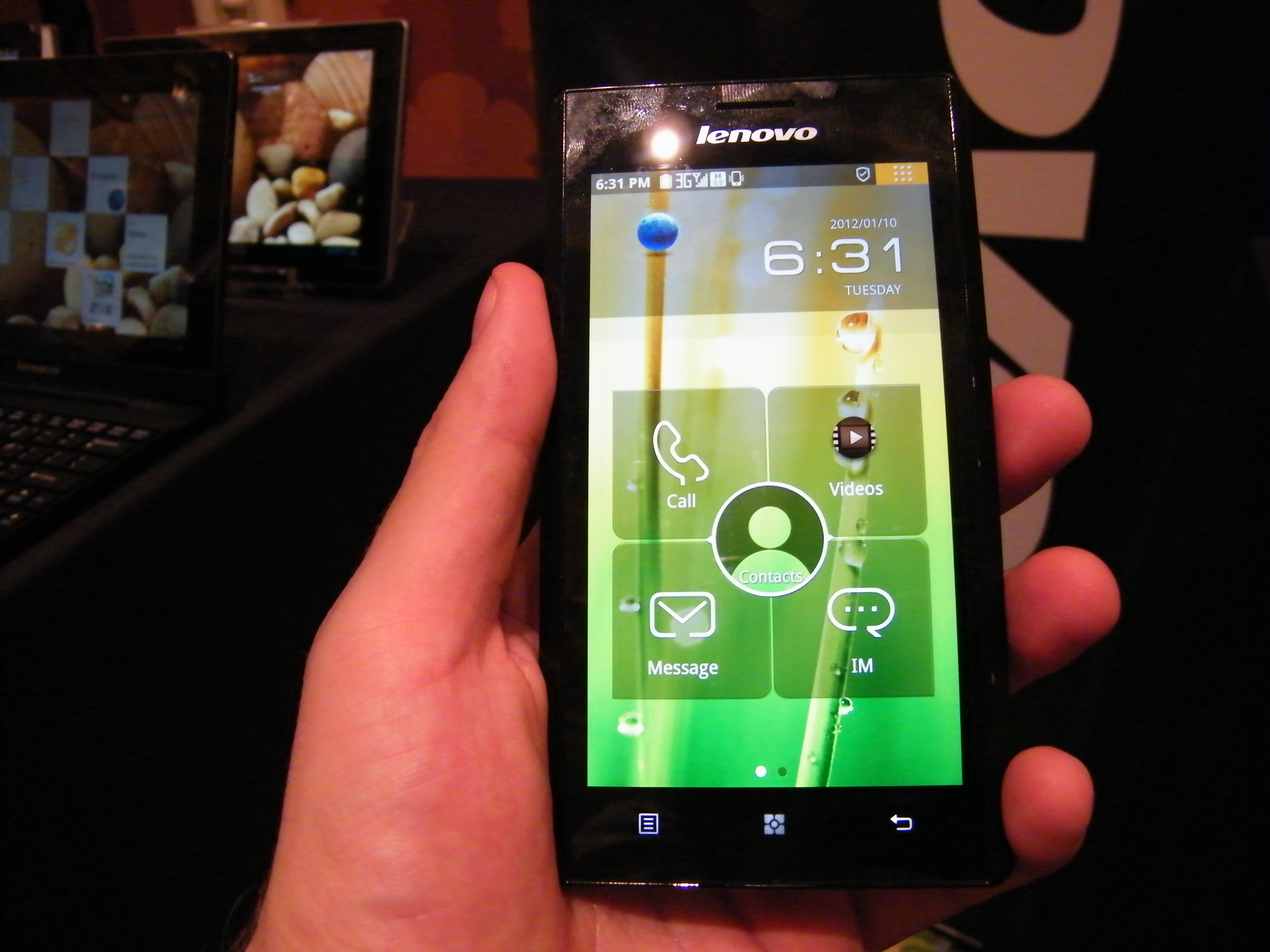
Dan (Twitter, Google+) is TechRadar's Former Deputy Editor and is now in charge at our sister site T3.com. Covering all things computing, internet and mobile he's a seasoned regular at major tech shows such as CES, IFA and Mobile World Congress. Dan has also been a tech expert for many outlets including BBC Radio 4, 5Live and the World Service, The Sun and ITV News.